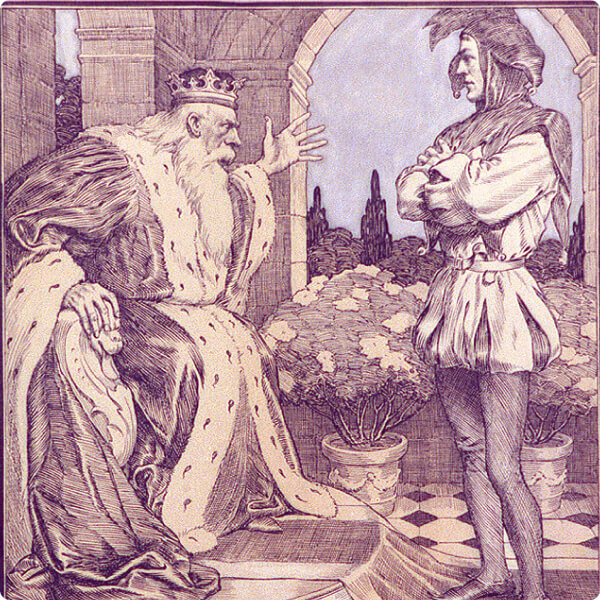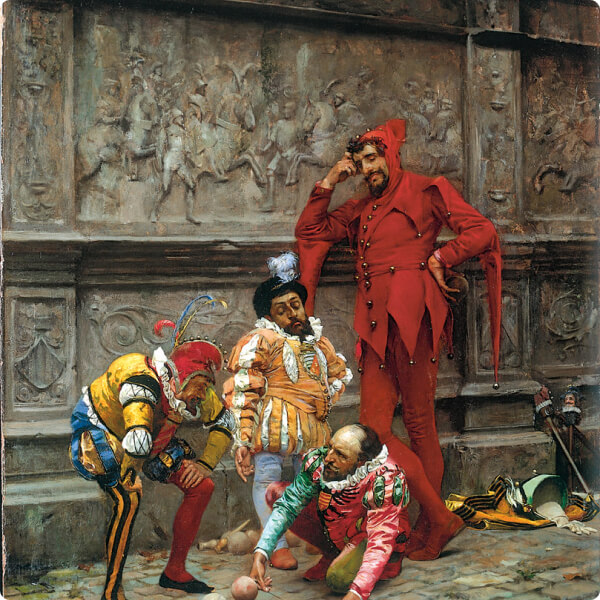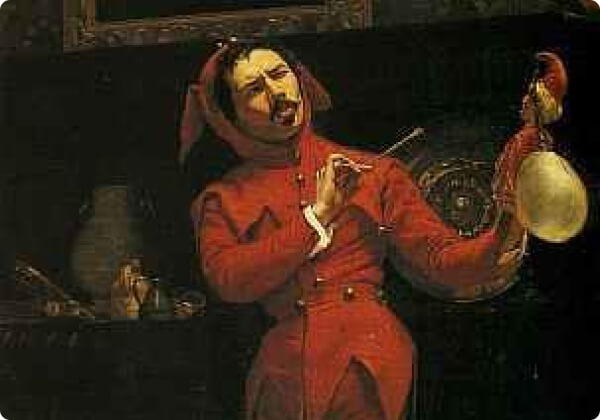Commentary
Jesters have never been characters who are shy to share their opinion. Throughout history and even in literature, the jester is a figure who is more than happy to add their two cents to any topic.
During the Middle Ages, the court jester and court etiquette were intricately intertwined, providing a fascinating platform for social commentary and defying norms. Jesters held a unique position within the royal courts, where they used their comedic talents to challenge and critique the prevailing social order.
These jesters often employed satire and mockery to expose the flaws and shortcomings of the ruling class. By cleverly weaving their commentary into their performances, they managed to challenge societal norms in a way that was simultaneously entertaining and thought-provoking. Their comedic acts provided a much-needed release valve for the tensions and frustrations of the lower classes, who were otherwise unable to openly express their grievances.
During these times, there were not many who could openly question or challenge the reigning monarch. For the role of the licensed fool, they were granted leeway that no one else was privileged to. Jesters possessed a remarkable ability to push boundaries and openly criticise the king while maintaining their position and protection within the court.
An example of a jester who didn’t hold his tongue was Triboulet, also known as Nicolas Ferrial. He was a jester in the court of King Francis I of France during the 16th century. Triboulet was renowned for his biting humour and audacious satirical commentary on the French nobility. He fearlessly mocked the king and his courtiers, using his wit to expose their flaws and excesses.

The Seven Studious Sisters | Scribner’s Magazine Vol. 35

Jesters Playing “Cochonnet” | Eduardo Zamacois (1868)
These comedic provocateurs have been known to blur the lines between entertainment and commentary, making their social critiques accessible and engaging to a wide range of audiences.
Through clever wordplay, slapstick humour, and physical antics, jesters navigate the delicate balance between entertainment and subversion. They captivate audiences with their humorous performances while simultaneously challenging societal norms and fostering a deeper understanding of the world we inhabit.
Jesters have historically flourished in societies where freedom of expression may have been limited, allowing them to embody the voice of the people and express sentiments that might otherwise have been suppressed. Their ability to deliver potent social commentary through comedy grants them a unique position in society. By using satire, irony, and sarcasm, jesters are able to expose the absurdities and contradictions that often lie beneath the surface of everyday life.
These comedic rebels have left an indelible mark on history, their voices echoing through the ages. From the mediaeval court jesters who fearlessly mocked kings and queens to the modern-day stand-up comedians who challenge social and political norms, jesters have consistently defied the status quo, using their humour to question authority and spark much-needed conversations about societal issues.
Jesters in literature often served as truth-tellers, using their comedic roles to convey important messages and challenge societal norms. Through their witty jests and clever wordplay, they were able to expose the flaws and hypocrisies of the characters and societies they encountered.
These literary jesters had the unique ability to speak truths that others dared not utter, often acting as a voice of reason in a world consumed by deception and pretence.
Their humour and satire provided a lens through which readers could critically examine the power dynamics and social injustices prevalent in the narrative, highlighting the importance of questioning authority and seeking truth.

“The Jester” | Claude Andrew Calthrop (1871)

